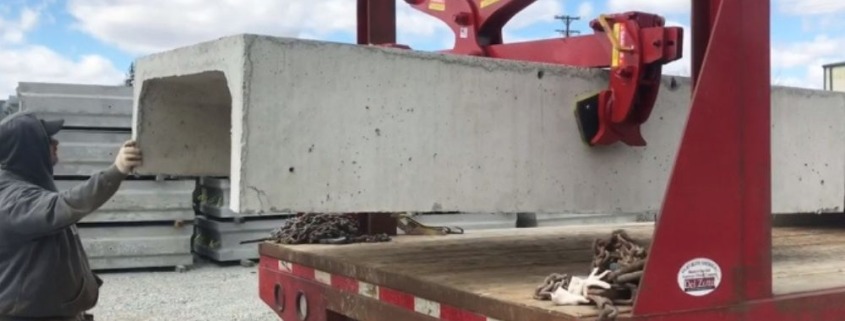Mistakes To Avoid When Using Concrete Pipe Lifting Devices
When it comes to lifting heavy concrete pipes on the construction site, having the right tools in your arsenal is just the beginning. The real trick lies in correctly using those tools to keep the job and your crew safe and efficient.
We’re talking about more than just following the manual. This is about practical, on-the-ground wisdom that can ensure your projects run smoothly and your team heads home safely every day. To help you steer clear of common hurdles and pitfalls, we dive into some of the mistakes to avoid when using concrete pipe lifting devices.
Overlooking Inspection and Maintenance
Regular checks and maintenance are essential. One small oversight in inspecting your clamps can lead to massive problems like a pipe slipping out and causing damage or, worse, injuring someone. Before any lift, give those clamps a thorough once-over and look for any signs of wear, tear, or damage.
Don’t take cracks, corrosion, or deformities in the clamp lightly. If something doesn’t look right, don’t gamble with it. Taking a few minutes to check can save you trouble and ensure that your crew and your project stay protected.
Using the Wrong Size
Not all concrete pipe lifting devices are equal. Many clamps can lift an array of sizes. However, neglecting to consider the diameter of the pipe you intend to lift is a mistake to avoid with concrete pipe lifting devices. Each clamp can handle a certain range of pipe sizes and weights, and ignoring these specifications can lead to accidents.
Whether the clamp is too small and can’t securely hold the pipe or too big and doesn’t grip it tightly enough, you risk your crew’s safety and the project’s integrity. Always match the clamp to the pipe’s size and weight. It’s a simple step that ensures your operation runs smoothly and safely.
Exceeding Weight Capacity
Exceeding the weight capacity of your lifting equipment is a surefire way to invite trouble. Every lifting device has its limit, much like a workhorse that can only carry so much. Pushing it beyond its capacity is dangerous for the crew and risks damaging both the pipe and the equipment.
Before every lift, double-check the load’s weight to ensure it’s within the safe operating limits of your lifting device. This step might seem basic, but it’s easy to overlook in the heat of the moment.
Neglecting Training
Just like you wouldn’t hand over the keys to a truck without ensuring the driver knows how to operate it, you can’t assume that every worker knows the ins and outs of lifting equipment. This doesn’t just apply to a crane you throw a pipe clamp on; it applies to every piece of heavy equipment.
Effective training provides an understanding of the mechanics behind the lift. Workers can then recognize the signs of potential problems before they occur and will know how to respond in an emergency. Plus, well-trained workers are more likely to spot those small issues that can lead to big problems if left unchecked.
As you’ve followed these techniques, maybe you’ve noticed some signs of wear and tear on your pipe lift or have realized that you need an upgrade. Whatever the case may be, Kenco Corporation offers versatile, reliable, and heavy-duty pipe lifter attachments compatible with an array of equipment. Get in touch with us today.




Leave a Reply
Want to join the discussion?Feel free to contribute!